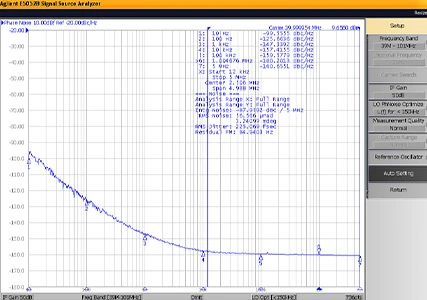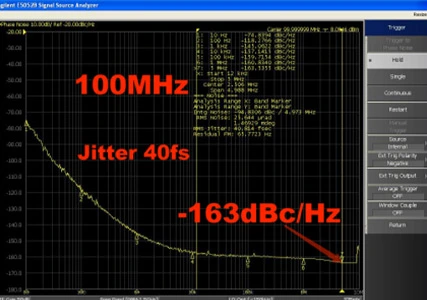A crystal oscillator is an electronic oscillator circuit that uses the mechanical resonance of a vibrating crystal of piezoelectric material to create an electrical signal with a precise frequency.
A crystal oscillator works by applying an electrical signal to a piezoelectric crystal, causing it to vibrate at its natural resonant frequency. This vibration generates a stable and precise oscillating signal.
Quartz is the most commonly used material for the crystal in a crystal oscillator due to its excellent piezoelectric properties and stability.
Crystal oscillators are used in a wide range of applications, including clocks and watches, radios, computers, microcontrollers, and other electronic devices that require precise timing.
A crystal oscillator uses a quartz crystal for frequency stability, offering higher precision and stability compared to a ceramic resonator, which uses a ceramic material and is generally less accurate and stable.
The frequency of a crystal oscillator is determined by the physical dimensions and the cut of the quartz crystal. The specific shape and size of the crystal define its resonant frequency.
 English
English français
français Deutsch
Deutsch Español
Español русский
русский




